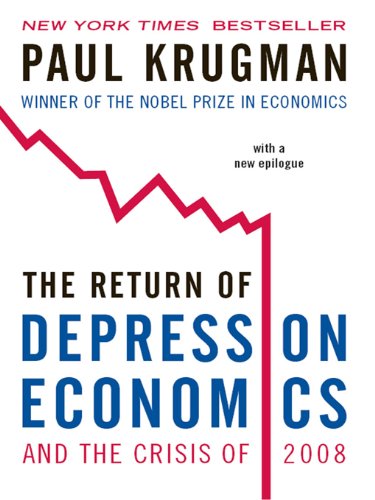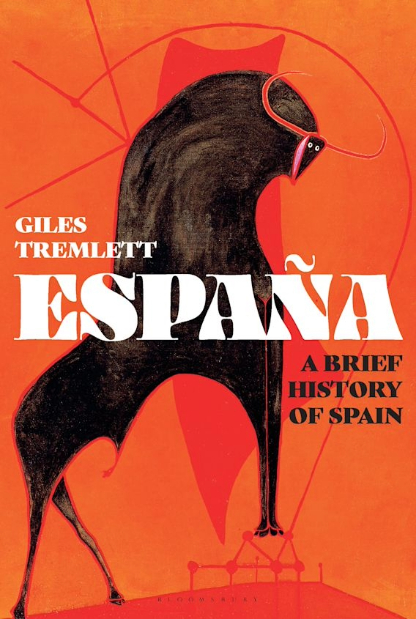Facing the Anthropocene: Fossil Capitalism and the Crisis of the Earth System, Ian Angus, Monthly Review Press, 2016, pp. 280, $19 paperback, ISBN 978- 1 – 5836760 – 9 – 7
Ian Angus, the editor of the influential Climate & Capitalism ecosocialist journal, has written a masterful analysis of the Anthropocene epoch, bridging as it does, Earth System Science and Marxism. Angus outlines that the society is on a runaway train, headed to irreparable destruction that threatens to undermine the very basis of our existence. Unchecked ‘fossil economy’, which is “an economy of self-sustaining growth predicated on the growing consumption of fossil fuels, and therefore generating a sustained growth in emissions of carbon dioxide” (p. 135), operates within an unequal world, thereby threatening to upend the lives of billions of marginalized peoples, while allowing the rich to insulate themselves from the effects. What Angus suggests is needed, is a radical alternative, fueled by a radical movement with the aim of establishing an ecosocialist society.
Facing the Anthropocene is divided into three parts. Part One, “A No-Analog State” grounds itself in the extensive scientific literature. It outlines the emergence of the ‘Anthropocene’ concept by tracing it from its coinage by Aleksei Petrovich Pavlov, a Soviet geologist, in 1922 to Paul Crutzen’s exasperated outburst at the International Geosphere-Biosphere Program in Cuernavaca, when he interrupted to suggest to “stop using the word Holocene. We’re not in Holocene any more. We’re in the . . . the . . . the. . . the Anthropocene” (p.28). Anthropocene suggests that human activities have become so pervasive so as to constitute a geological force, capable of transforming the environment. As such, the Earth had to be studied differently, as an integrated whole, which gave rise to the field of Earth System studies. The synthesis of decades-long work by scientific experts involved in documenting global environmental change was compiled in the influential work Global Change and the Earth System: A Planet Under Pressure. The scientists provided documentary evidence of how the Earth was transformed through human actions. The period identified as ‘The Great Acceleration’ corresponds to the post World War II period, which saw a “sharp upturn from about 1950” (p.38) in every trend recorded. This spike threatens to overshoot more planetary boundaries that it already has. Initiated by the Stockholm Resilience Center in 2009, and headed by Johan Rockstrom, the ‘Planetary Boundaries’ project identified 9 boundaries, which have subsequently been updated in 2015, beyond which the world enters terra incognita; something unprecedented in the history of humanity. Most boundaries have been passed, with the rest presently in the danger zone (p.76). In many ways, we are living in the climate changed world. For example, as James Hansen, Makiko Sato, and Reto Ruedy showed, the frequency of extreme temperatures, particularly in the summer has changed dramatically. Sigma 3, Sigma 4 and even Sigma 5 events, those previously thought incredibly unlikely, are becoming less unlikely.
While Part One showed the Anthropocene as a biophysical process, Part Two on “Fossil Capitalism” aims to see it as a socio-ecological phenomenon, a change in the relationship between humans and nature. Angus shows that the development of forces of production coincided with the change in social metabolism, which brought an end to the Holocene. Profit, as the capitalist imperative, requires short-term immediate gain, with an emphasis on exchange value, rather than use value. Nature, on the other hand, requires long periods of time to regenerate and return to its state of balance. Therein lies the contradiction for in order for capitalism to prosper it needs to rely on exploiting the nature constantly, thereby throwing it off balance. As Angus states, “there is an insuperable conflict between nature’s time and capital’s time” (p.122). Coal, steam, and Capital succeeded in decoupling nature from the economic process, which in turn lead to the fueling of empires and war. The energy shift was completed with the introduction of oil in the military. Oil gave rise to industrial chemistry, which synthesized materials that became pervasive in society. It was (is) in virtually every commodity. This process gave rise to the age of plastics, or genetically modified organisms, for example. Interestingly, Angus tells the history of ‘converting Europe to oil’ by showing how the Marshall Plan was used to purchase oil from American wells. Indeed, oil accounted for 20% of Marshall Plan spending in 1949 (p.147). Having society rely on the cheap and abundant supply of oil in effect fossilized the society. The ‘Golden Years’ were golden in so far as the oil was cheap, as the crisis of 1973 showed. However, another important feature of the fossil economy is emphasized by Angus. Namely, the inequality that it entails and unequal consequences that climate change would bring throughout the world. The victims of climate change would precisely not be those who bear the luxurious fruit of fossil economy, but those at the margins, in the poor South and the poor of the North. Stunted-growth, malnourishment and ultimately death will prevail in the climate changed world. E.P Thompson has termed this process ‘exterminism’, which sees multitudes thrust in the direction of extermination. Angus could have improved this section by introducing some elements of world-system analysis, which would have outlined how the unequal exchange of resources contributes to the impoverishment of the South and the prosperity of the North.
What differentiates Angus book from similar achievements is Part Three, ‘The Alternative’. Not many social scientists, and certainly not many scientists, have the courage to propose the alternative but are merely content with pointing out the flaws. Angus begins with the importance of solidarity, which indeed alleviated some difficulties for the residents of New York when Hurricane Sandy struck, or for the residents of New Orleans affected by Hurricane Katrina. Unfortunately, solidarity at such a grand scale is a one-time effort and does not represent a movement, but rather simply the possibility thereof. Sustained solidarity at such a scale necessitates an organized movement, with a clear goal and methods used to achieve it. The goal is there, Angus cites Fred Magdoff that the goal “will need to be the opposite of capitalism” (p.196), with its 5-step method outlining the characteristics of an ecologically sound civilization and its 8 characteristic outcomes. Then there are the suggestions that the government might play a role in the shift. Then the Belem Ecosocialist Alternative declaration summarizes the lofty goals of the ecosocialist alternative to capitalist destruction. These are examples of the destinations we want to arrive at, and how they might look like. As Lebowitz says, indeed, that is the precondition, but knowing how to get there is just as important. It is precisely this aspect that lacks in the proposed alternative. Angus accepts that “ecological civilization will not just happen” (p.213). The question then is not what kind of movement we need, but how to achieve it. The movements stemming from the South are inspirational in their perseverance and ecological ethic, but even they are faced with the world-wide capitalist system. Angus’ alternative is too focused on the goals which are already clear and does not provide an adequate method to achieve it. To do so, a whole new manual would have to be written.
Nonetheless, Ian Angus’ ‘Facing the Anthropocene’ is an excellent book combining natural and social science to weave a totality that is the Anthropocene under fossil capitalism. It offers a warning about where we currently are, and a rallying cry to do something about it.




